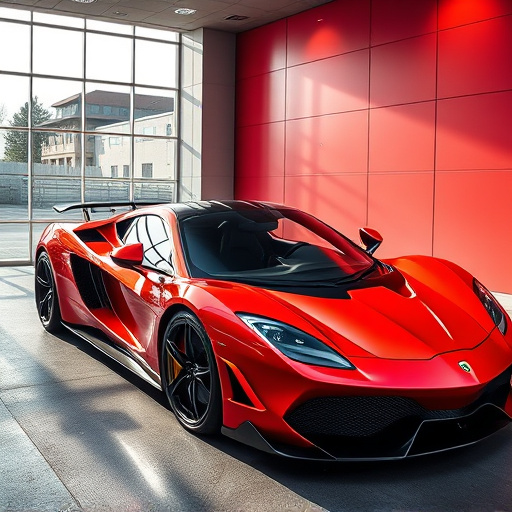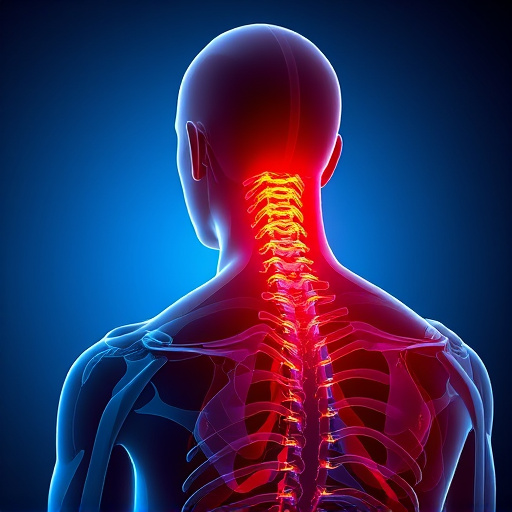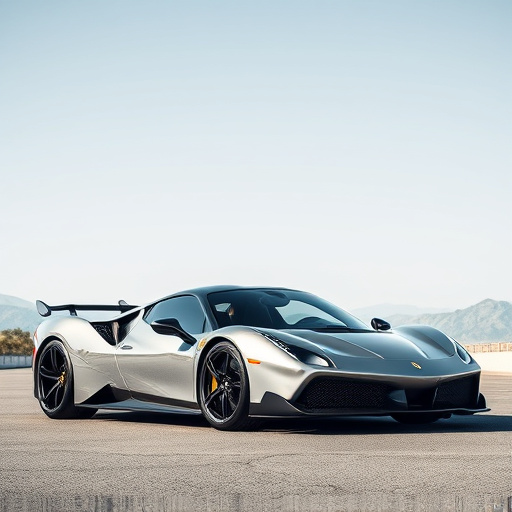European performance intake designs have gained popularity among car enthusiasts for their ability to enhance engine performance in import vehicles with Japanese Domestic Market (JDM) engines. These systems, inspired by JDM's precise engineering and detailed aerodynamic profiles, optimize air flow into the combustion chamber, increasing power and efficiency. By bypassing stock air filters with high-flow filters and strategically designed tubes, these intakes minimize airflow restriction, leading to improved throttle response and overall engine performance, making vehicles more agile on the road. This cross-cultural exchange has resulted in more efficient and powerful engines globally.
European performance intake designs have evolved significantly, incorporating influences from around the globe, including the iconic JDM (Japanese Domestic Market) imports. This article delves into the intricate world of these designs, exploring their impact on vehicle aerodynamics and engine efficiency. We examine how JDM imports have shaped European intake systems, leading to optimized performances that enhance driving experiences while reducing fuel consumption. By integrating these innovative features, modern vehicles offer a symphony of power and sustainability.
- Understanding European Performance Intake Designs
- The Impact of JDM (Japanese Domestic Market) Imports on Vehicle Aerodynamics
- Integrating and Optimizing Performance Intakes for Enhanced Engine Efficiency
Understanding European Performance Intake Designs

European performance intake designs have gained significant popularity among car enthusiasts, particularly those who own or are looking to modify import vehicles with Japanese Domestic Market (JDM) engines. These designs focus on enhancing engine performance by optimizing air flow into the combustion chamber, which is crucial for increasing power and efficiency. The European approach often involves meticulously crafted cold air intake systems that directly draw air from outside the vehicle, bypassing the stock air filter’s restrictions.
This method, known for its ability to provide a substantial power boost, aligns well with JDM engines’ inherent performance characteristics. By utilizing high-flow filters and strategically designed tubes, these intake designs ensure minimal restriction in the airflow, allowing the engine to breathe more freely. Consequently, drivers experience improved throttle response and overall engine performance, making their vehicles more agile and responsive on the road.
The Impact of JDM (Japanese Domestic Market) Imports on Vehicle Aerodynamics

The Japanese Domestic Market (JDM) has had a significant impact on global automotive design, particularly in the realm of vehicle performance intakes. JDM imports have brought innovative aerodynamics and engineering advancements to the forefront, influencing European manufacturers to enhance their own intake designs. This cross-cultural exchange has resulted in more efficient and powerful engines, as Japanese carmakers have long prioritized engine performance and fuel efficiency.
JDM vehicles are renowned for their precise engineering and focus on detail, which translates into superior aerodynamic profiles. These imports often feature intricately designed intakes that optimize air flow, ensuring a rich mixture of air and fuel for enhanced combustion. By adopting these JDM-inspired designs, European performance intake manufacturers can create components that not only improve engine output but also contribute to better overall vehicle dynamics and reduced drag, especially at high speeds.
Integrating and Optimizing Performance Intakes for Enhanced Engine Efficiency

European vehicles are renowned for their precision engineering, and this extends to their performance intake designs. Integrating a high-flow, optimized air intake system can significantly enhance engine efficiency and power output. JDM (Japanese Domestic Market) imports have long been recognized as game changers in this regard, offering cutting-edge technologies that improve airflow and boost performance. By carefully designing and installing a performance intake, European car enthusiasts can unlock hidden potential within their engines.
These advanced intakes often feature unique materials and innovative structures to reduce restrictions and optimize air pressure delivery. They are engineered to seamlessly integrate with the existing engine bay layout, ensuring proper fitment and efficient operation. When correctly optimized, these intakes can lead to improved torque delivery, better throttle response, and enhanced overall performance, making them a popular choice for those seeking to elevate their driving experience.
European performance intake designs have evolved significantly, incorporating insights from global sources like the Japanese Domestic Market (JDM) imports. By understanding and integrating these diverse approaches, manufacturers can optimize engine efficiency while enhancing overall vehicle aerodynamics. The result is a more robust, fuel-efficient, and high-performing automobile that caters to modern driving demands. JDM’s influence on vehicle performance intakes underscores the global interplay shaping the future of automotive engineering.














